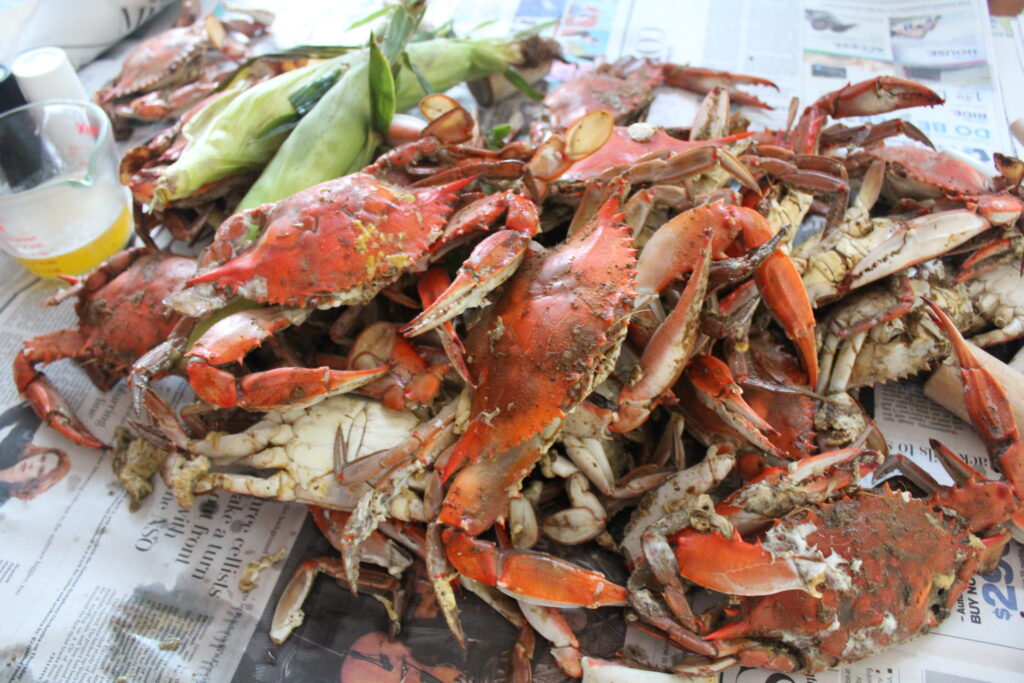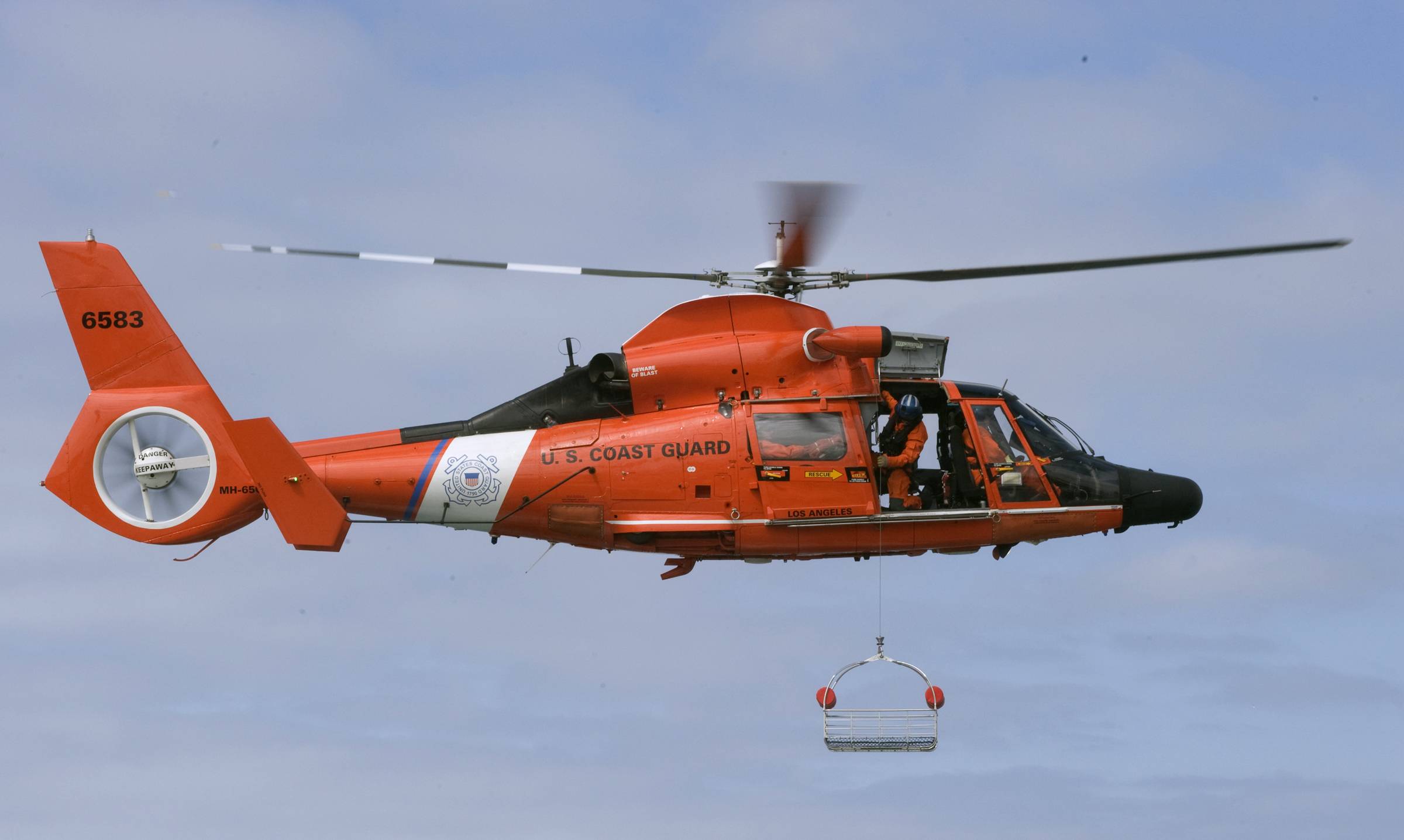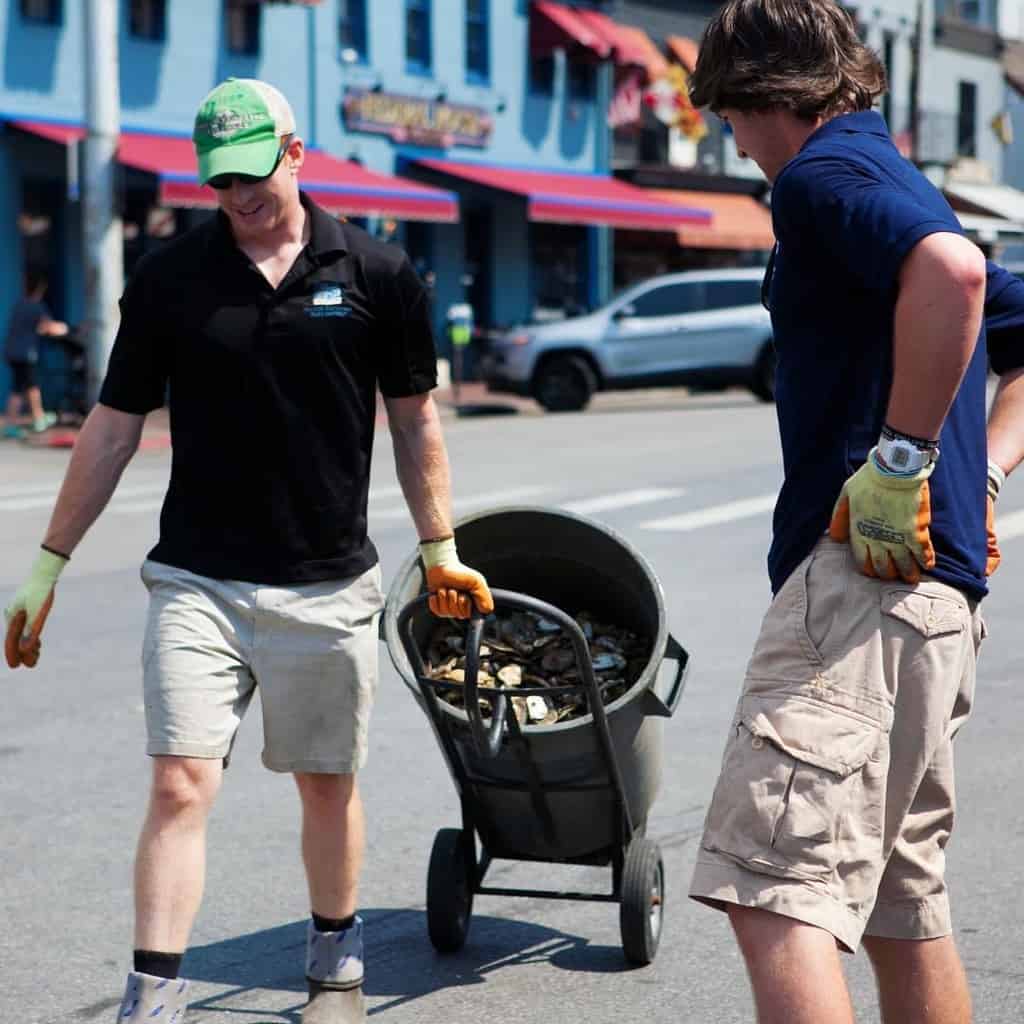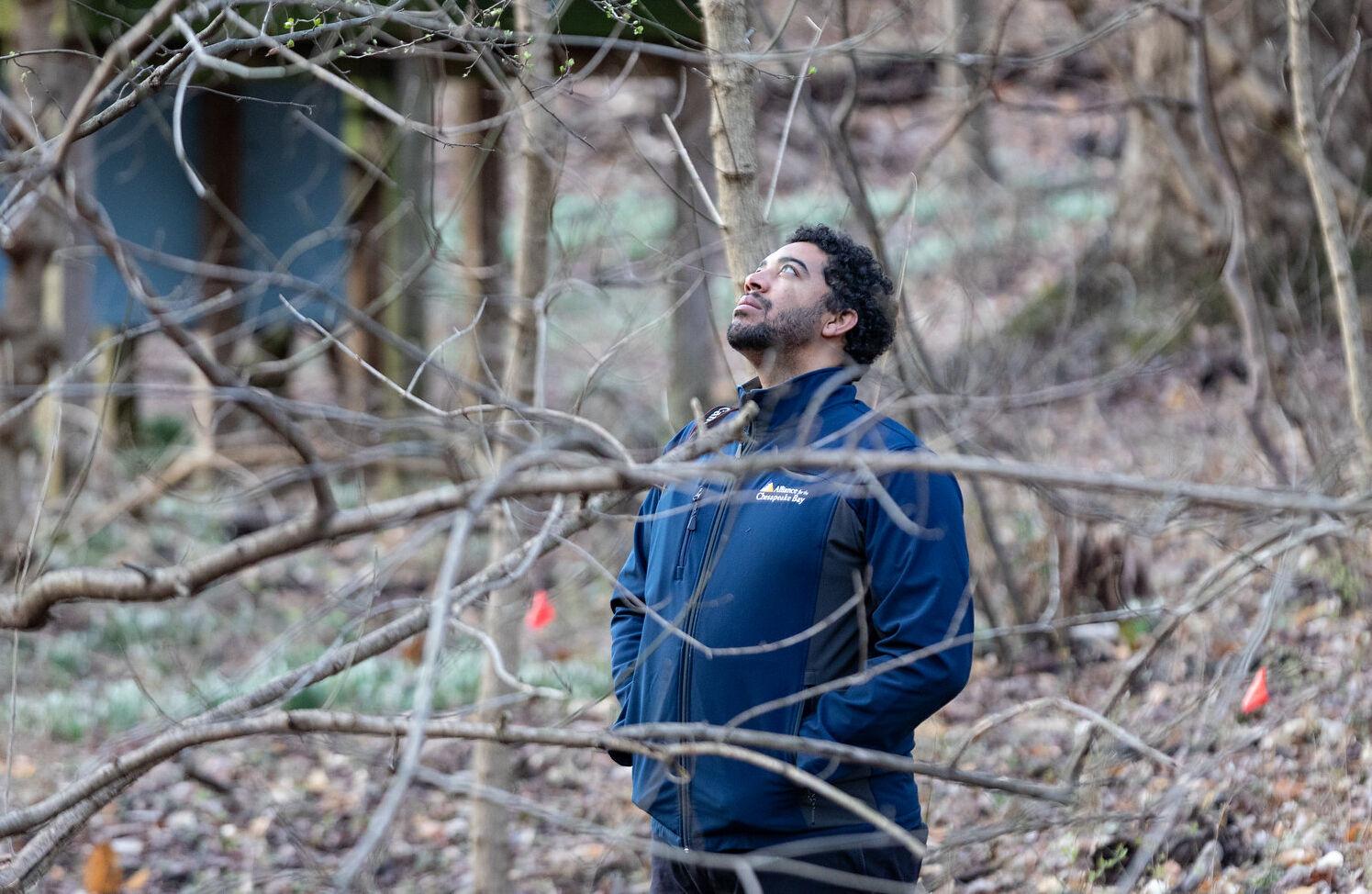Despite a welcome increase in Chesapeake Bay blue crab abundance this winter, watermen aren’t seeing those numbers translate to a big boost in their catch—and as a result, we aren’t getting a break on crab prices.
A warm, mild winter allowed the crabbing season to begin earlier since the crabs didn’t lie dormant for months and instead remained more active than usual through winter.
Despite that early start and hopeful results from the Chesapeake Bay Blue Crab Winter Dredge Survey, Maryland watermen report that the crabbing season has been average. Whether you are hosting a feast or enjoying a meal at a local crab house, you can expect prices similar to past years.
Maryland Department of Natural Resources (DNR) and the Virginia Institute of Marine Science (VIMS) estimated blue crabs in the Bay increased to 323 million with the male population rising to 55 million and the spawning-age female population to 152 million.
In response to the dredge results, the Virginia Marine Resources Commission widened the bushel limits for some commercial watermen, though Maryland mostly kept last year’s tighter limits in place. Crabbers in Maryland can catch slightly more females before restrictions are lifted completely during the high-demand Labor Day weekend. After Labor Day, four days of limited harvesting in October will make up for the holiday weekend.
Out of frustration, commercial waterman and co-chair of the Anne Arundel County Oyster SEED Committee Robert Howes said he stopped following the conversation around harvesting limit adjustments. “It is what it is at this point. They’re going to do what they want to do,” Howes said.
While he was thankful that warmer weather allowed for an earlier start to the crabbing season in the spring, Howes, who crabs between the Bay Bridge and Herring Bay, defined the season as “steady but nothing.”
Loosening limits for the days leading up to Labor Day will be helpful, he said, until harsher limits come back into play.
In Howes’ opinion, the season tends to be the opposite of what DNR and VIMS numbers show, so Howes said crabbers tend to hope for a bad winter survey for a good year of crabbing.
“I mean, they’re trying to figure out Mother Nature and they haven’t been able to do it and all the years that I’ve been crabbing, they’re not going to do it now,” Howes said.
But Howes has heard good things about crabbing in other places and the small crabs he’s seen are a positive sign. After a slow start during the kickoff to the summer rush around Father’s Day, Bruce Whalen, the general manager of Cantler’s Riverside Inn, an Annapolis staple, said Maryland crabs have been turning around.
The traditional crabhouse receives about 60 percent of its crabs from Louisiana and Texas, but the percentage of Maryland crabs started to pick up near July 4. Now, Whalen said there are more Maryland crabs coming in and they’re heavier than earlier in the season.
“It was difficult in the beginning. The last three weeks or so my hair is starting to gain its color back because it’s not quite as stressful because the crabs in Maryland are running better,” Whalen said.
Prices are about the same or a bit higher compared to other years: $65 for a dozen medium crabs, $100 for large, and $130 for extra-large at Cantler’s Riverside Inn. Depending on whether the season continues to improve, prices could decrease, Whalen said.
Howes’ prices have also remained steady compared to past years though he said some other crabbers have dropped theirs. Interest in crabs received a boost during the pandemic years as families and friends gathered for crab feasts supplied by small, local crabbers. But as individuals recover economically and return to work, that interest has declined, Howes said.
Tracking the price of crabmeat in stores, suggests Whalen, can be helpful to gear up for the cost of an end-of-summer crab feast.
-Kiersten Hacker




